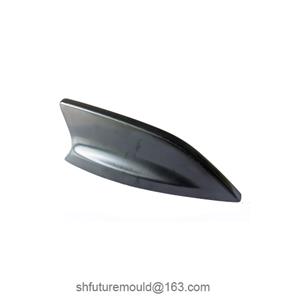V
Here are some tips for debugging injection molding T0 samples:
1. Visual inspection. This is the most basic step, but it can often reveal source of the problems. Check the defects such as sink marks, voids, and flash. These defects can be caused by a variety of factors, such as incorrect mold design, improper material selection, or incorrect molding settings.
2. Dimensional measurements. The second step for the sample reviewing is the dimension, you have to measure the dimensions of the part to see if they are within tolerance. If the dimensions are out of rated tolerance, this could be due to a problem with the mold or materials.
3. Mechanical testing. If the part is not meeting its mechanical requirements, you need to perform mechanical testing to determine the cause of the problem. This could involve testing the part’s tensile strength, impact strength, or fatigue life.
4. Process analysis. If you have ruled out the mold and the material as the source of the problem, you need to focus on the process. This could involve checking the temperature and pressure settings, injection speed and the cooling time of the molding machine.
By following these tips, you can effectively debug injection molding T0 samples and identify the source of the problem.
- Injection Mold
- Automotive Injection Mold
- Electronics & Electrical Injection Mold
- Consumer Goods Injection Mold
- Airplane Components Injection Mold
- Medical Components Injection Mold
- Irrigation Components Injection Mold
- Injection Molds




